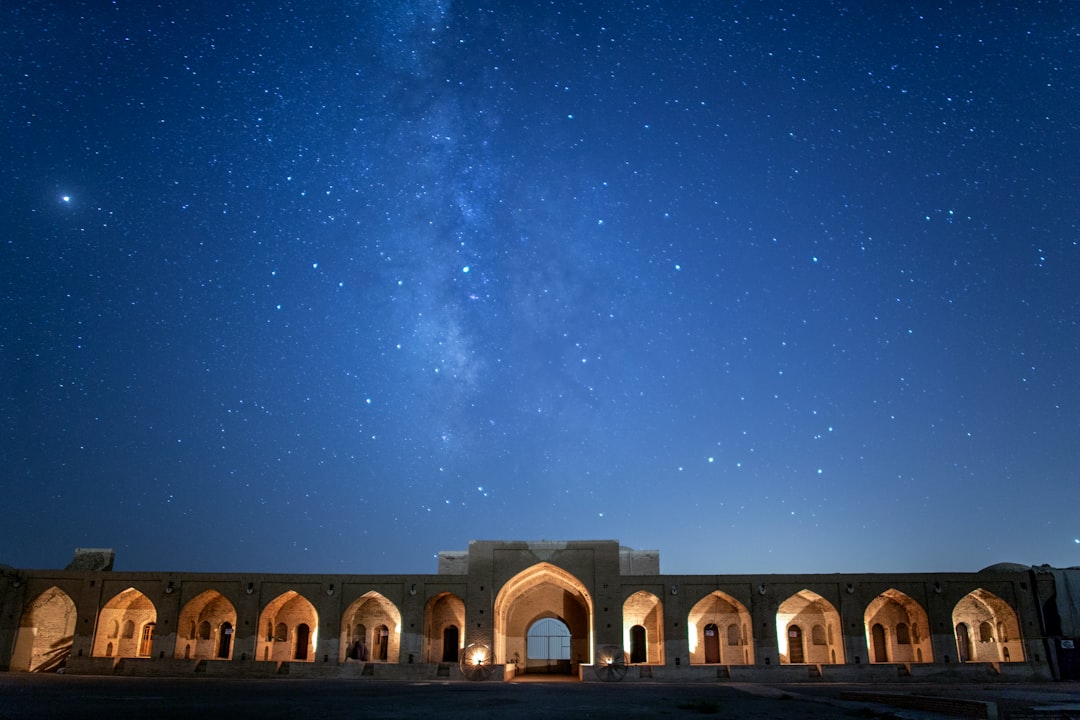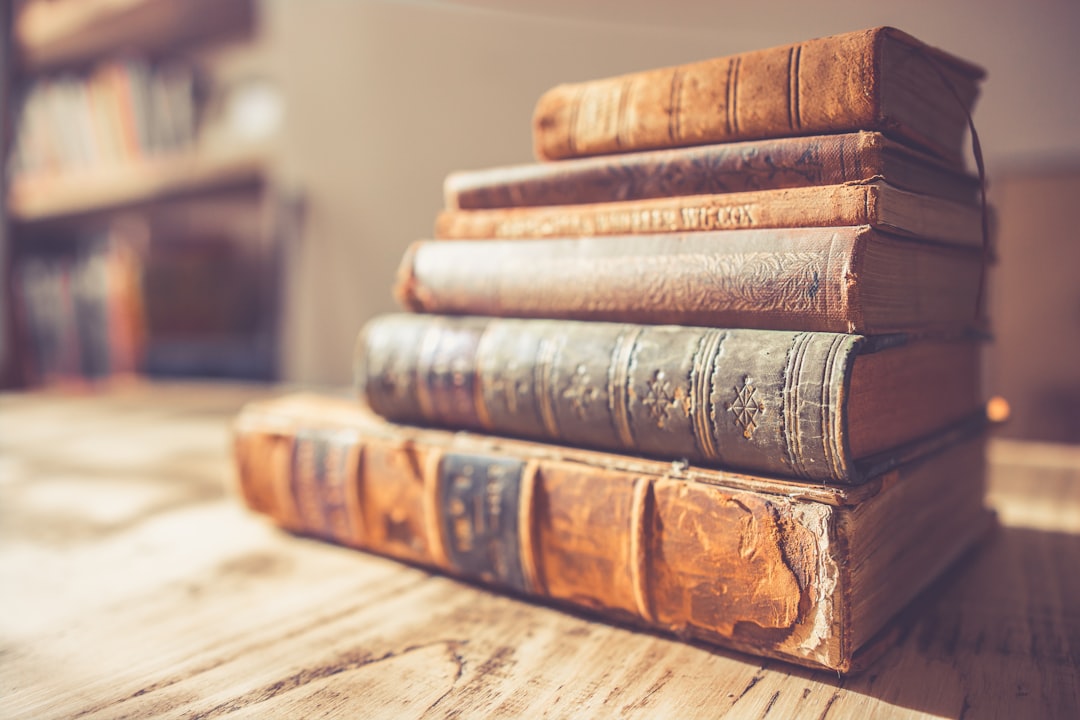Imagine a language that flows like poetry, carries echoes of ancient empires, and has inspired some of the world’s most beloved verses—all without asking you to memorize a single verb conjugation. Welcome to Farsi, the elegant melody of Iran and its surrounding regions. In this post, we’ll take you on a whirlwind tour of Farsi’s storied past, its visual allure, and the many ways it continues to enchant speakers and non‑speakers alike.
From Old Persian to Modern Farsi: A Historical Snapshot
-
Old Persian (c. 600–300 BCE): Born in the royal courts of the Achaemenid Empire, Old Persian appears on monumental inscriptions like the famed Behistun Rock. Although its script has vanished, its legacy endures in the very name “Persia.”
-
Middle Persian (224–651 CE): Under the Sassanian dynasty, the language transformed into Pahlavi, used in Zoroastrian texts and administrative records. Literary gems like the Denkard preserve this bridge between ancient and contemporary speech.
-
New Persian (from 9th century CE): With the advent of Islam, the script shifted to a modified Arabic alphabet, and Farsi blossomed into a rich literary tongue. Iconic poets—Ferdowsi, Hafez, Rumi, Sa’di—wrote in New Persian, creating works still read across the globe today.
The Script: Calligraphy as Art
One of Farsi’s most captivating features is its written form. The Persian alphabet has 32 letters written right to left, merging consonants and vowels into flowing strokes. Over centuries, master calligraphers refined styles like:
-
Nastaliq: Often called the “bride of calligraphy,” with its graceful, diagonal slant and rounded characters. Ideal for poetry manuscripts.
-
Shekasteh: A broken, more cursive style used for quick notes and personal correspondence.
Even if you can’t read Farsi, you can admire its calligraphy in mosques, museums, and on modern graphic designs—each curve and dot an artwork in its own right.
Poetry & Prose: The Heartbeat of Farsi
Farsi is inseparable from its poetic heritage. Even casual conversations and family gatherings might feature a line of verse to express love, sorrow, or joy. A few timeless snippets:
“بیا تا گل برافشانیم و می در ساغر اندازیم”
“Come, let us scatter flowers and pour wine into the cup.”
— Hafez
Whether etched on teahouse walls or whispered in candlelit gatherings, Persian poetry invites everyone to appreciate the language’s inherent musicality, without demanding that you learn it yourself.
Sounds & Musicality: A Language You Can Hear
Farsi’s phonetic palette includes soft “zh” sounds (like the “s” in “measure”) and gentle “kh” fricatives (resembling a throaty “h”). This gives it a soothing, lilting quality—perfect for use in:
-
Music: Classical Persian music sets Farsi lyrics to the modal scales (dastgah), creating hauntingly beautiful melodies.
-
Cinema & Theater: Directors like Abbas Kiarostami and Asghar Farhadi have brought Farsi to global audiences, where subtitles let you enjoy the dialogue’s rhythm.
Even if you don’t understand every word, the cadence of Farsi carries an unmistakable emotional resonance.
Farsi’s Global Footprint
Though primarily spoken in Iran, Afghanistan (as Dari), and Tajikistan (as Tajiki), Farsi has left its mark far beyond these borders:
-
Loanwords: Turkish, Urdu, and even English feature Persian-derived terms—“bazaar,” “divan,” “caravan,” to name a few.
-
Diaspora & Pop Culture: Iranian communities worldwide keep Farsi alive through literature festivals, music concerts, and digital media. You’ll find Farsi scrolls on street art from Vancouver to Berlin.
This global presence makes Farsi a living, evolving language—one you can admire from afar without ever opening a textbook.
Why You’ll Love Farsi—No Vocabulary Test Required
-
Visual Feast: Enjoy calligraphic art in galleries or online without needing to translate a thing.
-
Literary Romance: Dive into translations of Persian classics and sense the original’s beauty shining through.
-
Emotional Connection: Hear Farsi songs or film dialogue and feel their warmth, whether or not you know the words.
-
Cultural Bridges: Spot Persian words in everyday speech or international media and relish their exotic flavor.
Final Thoughts
Farsi isn’t just a means of communication—it’s a cultural treasure chest, bursting with poetry, art, and history. You don’t need to speak a single phrase to appreciate its beauty. The next time you see a snippet of Persian calligraphy or hear its silky sounds, let yourself be carried away by a language that has charmed hearts for over two millennia. After all, exploring Farsi is less about study and more about savoring a timeless art form.





